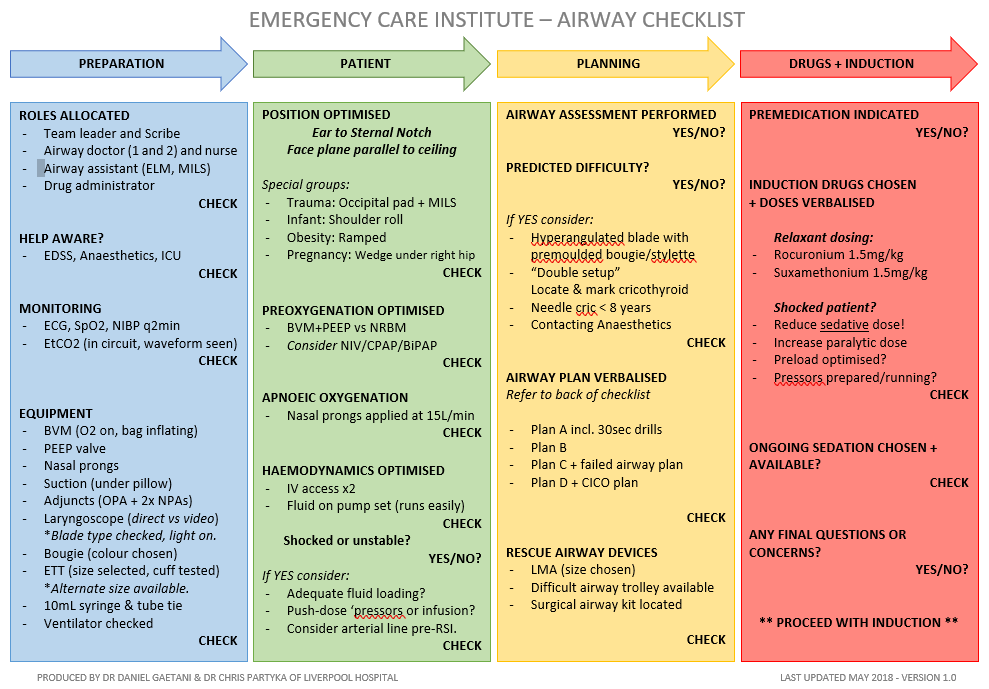

When used as a pretreatment agent, lidocaine is dosed at 1.5 mg/kg intravenously, and the duration of action is approximately 10-20 minutes.1 Lidocaine offers protection in two clinical scenarios: 1) prevention of increase in ICP caused by RSRL, and 2) bronchodilation in reactive airway disease. These agents must be given 3-5 minutes prior to sedation and paralysis. Classically, the four agents used for premedication have been described by the acronym LOAD (lidocaine, opioids, atropine, and a defasciculating dose). Premedication allows the emergency physician to minimize the deleterious effects of laryngoscopy and RSI medications. 1 Different case scenarios will dictate how clinically relevant these reflexes are to airway management. The physiologic response caused by RSRL leads to a catecholamine-mediated increase in blood pressure, heart rate, and intracranial pressure (ICP). When intubating a patient, manipulation of the hypopharynx, larynx, and trachea cause a reflex sympathetic response to laryngoscopy (RSRL). This article will focus in detail on each phase of RSI pharmacology. The emergency physician’s armamentarium must have enough options to adapt each step to all clinical presentations. The pharmacology of RSI can be deconstructed into four phases: 1) premedication, 2) sedation, 3) paralysis, and 4) postintubation. Ultimately, by maximizing pharmacologic resources, the emergency physician will maximize the potential for success during RSI.


All emergency physicians must be facile not only with the skill of intubation, but also with the different pharmacologic agents appropriate for unique airway scenarios. List medications and dosages for postintubation care.Įmergency physicians have established expertise in the field of rapid sequence intubation (RSI).List scenarios where succinylcholine is indicated and contraindicated.List scenarios where tailored premedication and induction agents are appropriate.Describe the steps in rapid sequence intubation (RSI) pharmacology.Should Cricoid Pressure Be Used During Rapid Sequence Intubation?Įxplore This Issue ACEP News: Vol 29 – No 09 – September 2010.Timing Resuscitation Sequence Intubation for Critically Ill Patients.


 0 kommentar(er)
0 kommentar(er)
